Lilly Pilly jelly
Ingredients
- 8 cups lilly pilly berries
- 1kg green apples
- sugar
- 1/2 cup lemon juice
Note
Lilly pilly trees grow prolifically around Sydney – look out for them in parks, sports fields and hedging along front fences. You can use the same recipe for Rosella Jelly, using the exotic looking calyxes in place of the lilly pilly fruit.
The good thing about a jelly is that except for cleaning the fruit thoroughly, to remove any dirt, pollution or bugs, there is little preparation needed to extract the jelly base. The green apples add pectin, helping to make the mixture set, and adds to the volume produced. If you want to use the native fruit only, ensure they are under-ripe, and quite acidic, a good indicator of pectin content.
Like many jams and jellies, this recipe involves a two-day process.
Directions
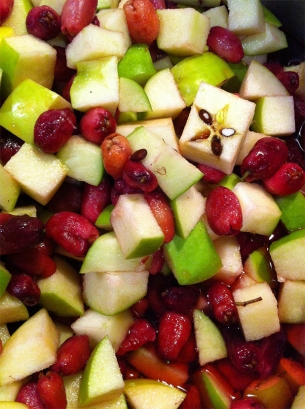 Wash the lilly pilly berries in cold water, removing any leaves, grit or spiders' webs. Drain the berries and put them into a large saucepan or stockpot (8-litre capacity minimum). If using store-bought apples, scald them in very hot water to remove any excess wax. Cut the apples into 1cm chunks and add them – seeds, core and all – into the pan. Add enough water to just cover the fruit and bring to the boil. Reduce to a simmer, cover the pan and continue cooking for 30–40 minutes, until fruit is very soft. Allow to cool a little. | |
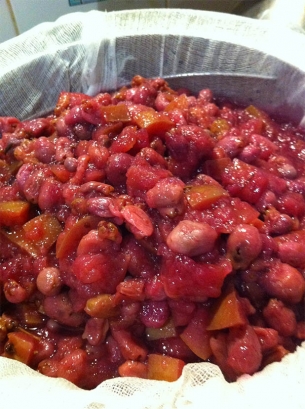 Strain the juices from the cooked fruit into a bowl using a sieve lined with three layers of muslin (or use a new chux cloth). Reserve the juice. Bundle the drained fruit in more muslin (a bit like a plum pudding) and secure with string. Tie the bundle of fruit to the handle of a wooden spoon and hang it over a deep bowl or pan. Allow any remaining juices to drip into the pan overnight, but don't be tempted to squeeze or apply pressure – this can result in a cloudy jelly. | |
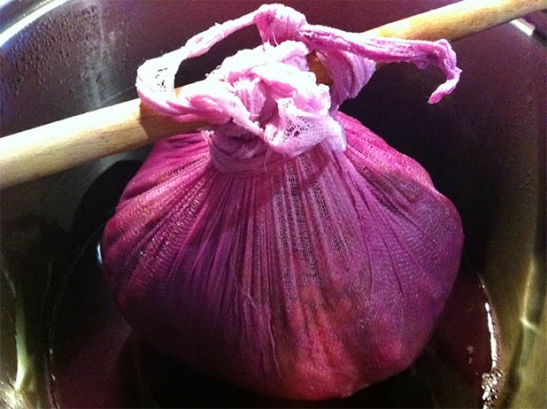 Next day, discard the bundle of solids. Add the first quantity of strained juice to the batch extracted overnight and transfer it into a clean saucepan or stockpot. Warm gently over medium heat and once the liquid has reached simmering point, add sugar at an equal measure to the quantity of juice. Stir gently until the sugar has dissolved then add the strained lemon juice. Don't worry if the mixture appears cloudy at this point, the sugar will help to clarify it as it cooks. | |
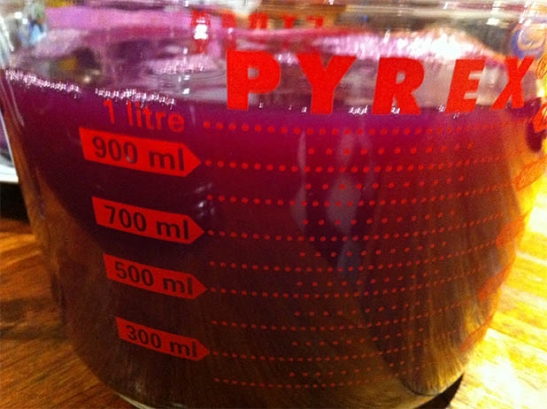 Boil the mixture rapidly, stirring as it thickens to prevent burning and to minimise the risk of the jelly bubbling over, until setting point has been reached, which can take up to an hour. If the jelly will not set, jamsetta or a similar pectin product can be used, following packet instructions. | |
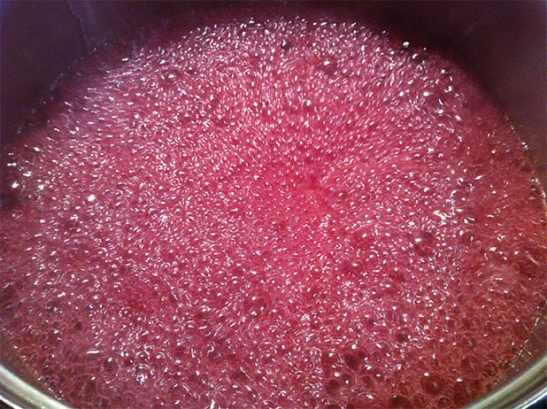 Ladle into sterilised jars and seal immediately. | |
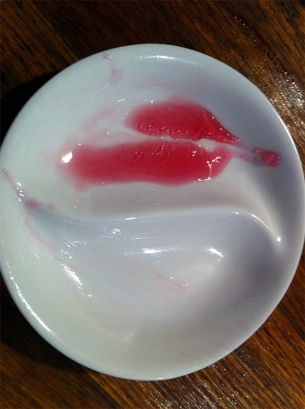 Cook's tip: The boiling process may produce a foamy scum; this is okay while cooking but make sure you skim off the scum using a large stainless steel spoon before bottling. | |
 Print recipe
Print recipe